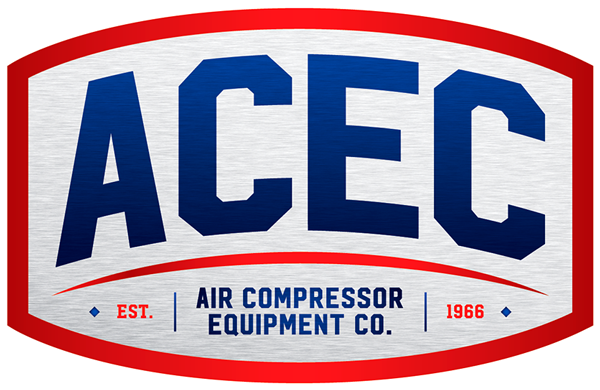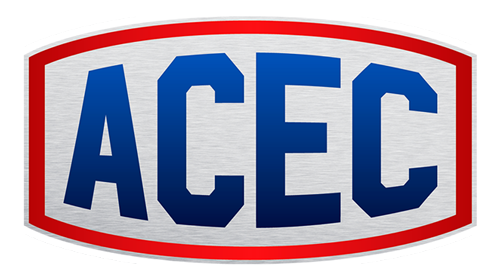Excessive compressor oil/fluid consumption sometimes referred to as oil carry-over, can be an expensive problem.
Most compressor fluids these days cost, at least, $30/gallon and if an operator has a compressor that is carrying-over oil to the tune of five gallons/eight hour run period, that could result in $600 worth of oil going down hole per day. And yes, we have seen compressors that were carrying over this much oil.
So what causes this oil carry-over problem? A number of things can cause oil carryover including:
- Clogged oil scavenger (return) line
- Leak in the lubrication system
- Separator element damaged or not functioning properly
- Defective minimum pressure/check valve
- Fluid receiver tank overfilled
Some of the above causes are self explanatory and should be obvious. If there are leaks, oil will be present on the unit. The operator can tell if he has the receiver tank overfilled by looking at the oil level site gauge. But some of the causes aren’t so obvious. A clogged scavenger line can be a little more difficult to diagnose and the only way to tell if a separator filter is bad is to remove the separator vessel lid and visually inspect the filter.
For oilfield, skid-mount compressors (ex: Sullair 900/1150 combo unit) normal oil carry-over for a 12 hour job would be 1 gallon out of the 42 gallon receiver tank.
An oil scavenger line is a line coming from the compressor receiver tank back to the compressor air end that returns any oil that makes it through the separator filter. Rotary screw compressors will carry over 5-10ppm worth of oil as a result of the filter media not being 100% efficient. There is a check valve and a filter between the separator vessel and the air end to keep trash from being injected back into the air end that may cause clearance issues. From time to time, the filter gets clogged and no oil is able to return back to the air end and just ends up being pushed out of the separator vessel and down hole.
Most scavenger lines will have a site glass that shows the amount of oil moving through the line. In diagnosing scavenger line issues, the first thing to do is to look at this site glass and make sure there is a constant stream of oil moving through the line. If nothing is flowing past the site glass, the filter is most likely clogged. If the site glass is flooded with oil, this indicates a bad separator filter.
A damaged separator filter will also cause massive oil carry over issues.
Usually when a separator collapses, large amounts of oil will be moving downstream and the operator will most likely see a discharge temperature shutdown due to low oil level. The only way to completely diagnose this problem is to pull the separator lid and visually inspect the separator filter. The separator filters are good for 4500 hours in a clean industrial application and about 2000 hours in a dirty oil-field application. Of course, there are many contributing factors that will affect separator life so operators should be sure to follow the recommended maintenance program to get the most life out of all consumables.
This leaves the defective minimum pressure/check valve problem.
The minimum pressure valve is designed to hold a certain amount of pressure on the receiver tank, which allows proper filtration across the filter material of the separator filter. The separator filter loses filtering efficiency at lower pressures so the minimum pressure/check valve will not open until the receiver tank reaches a certain pressure. This pressure is different depending on the full operating pressure of the compressor. For industrial compressors, the minimum pressure valve opens at 40-50PSIG. For high pressure, oilfield compressors, the minimum pressure valve doesn’t open until 160PSIG. With a faulty minimum pressure/check valve, the valve will open prematurely and maybe not check discharge air coming back into the receiver at shutdown. If all other oil carryover causes have been ruled out, a bad minimum pressure valve may be the problem.

